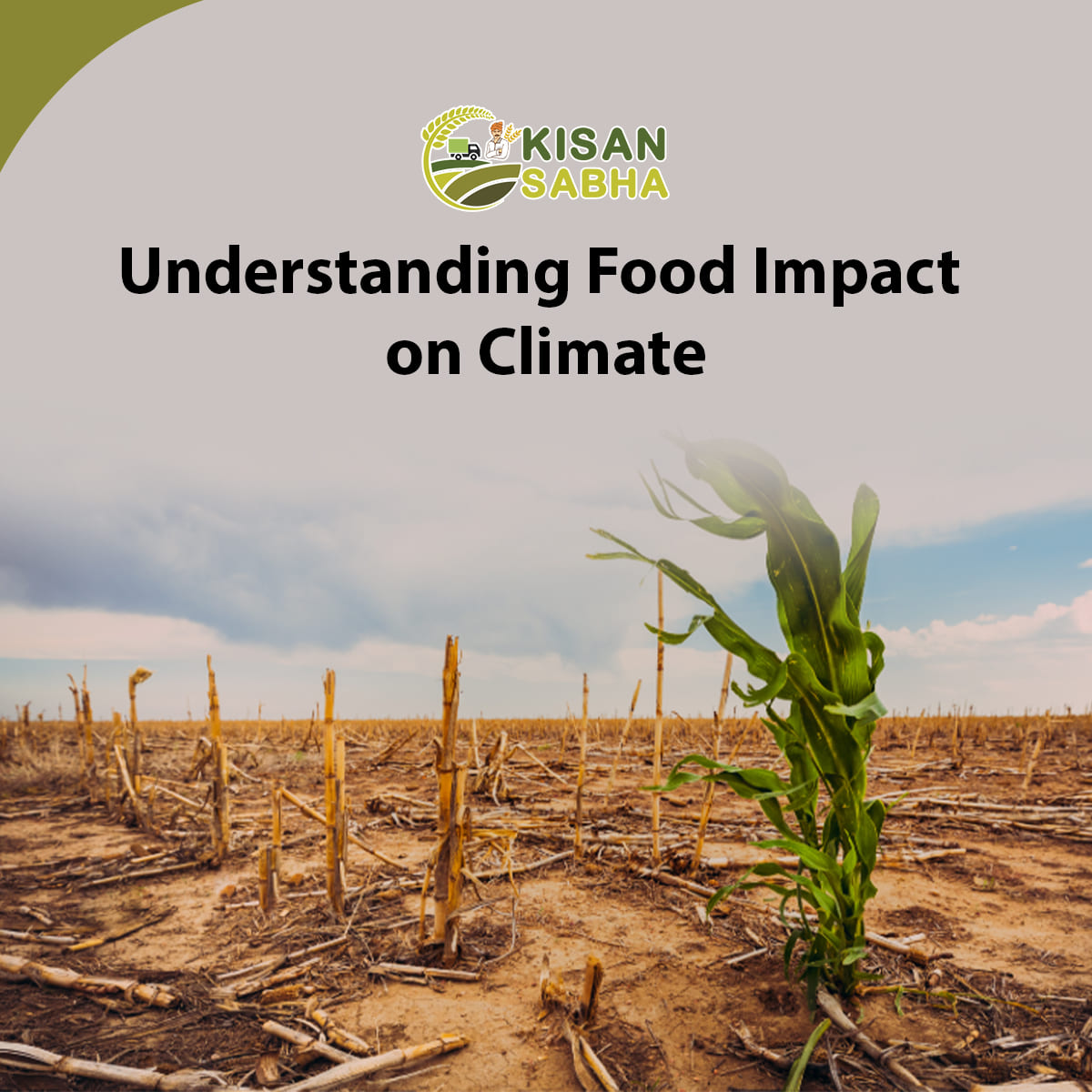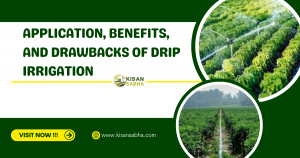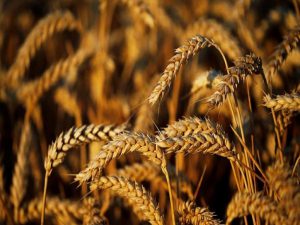First of all, the way we grow and eat food plays a big role in climate change. In fact, food production causes about one-fourth of all greenhouse gases that warm up our planet. Therefore, we need to understand how our food choices affect the environment and what we can do to help.
Growing Food and Its Effects
First, modern agriculture produces many types of gases that are harmful to our climate. For example, nitrous oxide, which is a gas of these chemicals. It is released when farmers use fertilizer. Moreover, This gas also traps 298 times more heat than carbon dioxide, which means it will heat our planet much faster.
Farm animals such as cows and sheep also produce methane, another dangerous gas. Meanwhile Burned rice fields and crop waste also release methane. The gas is also 28 times stronger than carbon dioxide at retaining heat.
In addition to these gases Deforestation of agricultural land also releases large amounts of carbon dioxide. As a result, we lose trees that could help clean our air. However, there are better ways to farm. For example, farmers can use precise amounts of fertilizer, plant more trees among crops, and raise animals on natural pastures.
Making and Moving Food
Next, let’s look at what happens after food leaves the farm. First, factories use lots of energy to process food. Then, trucks and ships burn fuel to move food around the world. After that, stores need electricity for lights and freezers. Finally, we use even more energy to cook food at home.
What’s more, food packaging creates problems too. Most importantly, plastic containers and wraps often end up in landfills or oceans. Subsequently, they break down into tiny pieces that harm animals and release more greenhouse gases.
In addition to packaging, keeping food cold during shipping uses lots of energy. Consequently, this makes food more expensive and harder for some people to buy. Nevertheless, we can fix these problems by:
- Using clean energy like solar power
- Using less packaging
- Buying local food
- Eating more plants
- Learning about how our food choices affect the planet
Also Read:- What Distinguishes Cash Crops from Food Crops
Food Waste Problems
Meanwhile, about one-third of all food goes to waste. This means we waste:
- Water used to grow food
- The land where food was grown
- Work that people did to make food
- Fuel is used to move food around
Additionally, when food spoils in landfills There will be more methane gas produced. So if we throw away less food We can help people and the planet. The United Nations wants to cut food waste in half by 2030.
Better Food Choices
Above all else Changing what we eat can help the climate. For example, eating less meat and dairy reduces greenhouse gas emissions from farm animals. In the same way, Eating more plants like nuts, whole grains, fruits, and vegetables can help in many ways.
- These foods need less water to grow
- They use less land
- They create fewer greenhouse gases
- They’re usually healthier for us
Making Changes Work
Meanwhile, governments and companies need to help make these changes happen. Here’s what they can do:
- Make rules about pollution
- Stop giving money to harmful farming practices
- Support better farming methods
- Help create new food technologies
Moving Food Around
Another important point is how food travels around the world. Currently, food often travels long distances before reaching our plates. Hence, this creates more pollution from trucks, ships, and planes. Likewise, keeping food cold during these long trips uses lots of energy.
New Solutions
Despite these challenges, people are creating clever solutions. For example:
- Farmers are using computers to grow food more efficiently
- Scientists are making new types of meat from plants
- Companies are finding better ways to keep food fresh
- Communities are growing more food locally
Conclusion
In conclusion, our food choices have a big impact on climate change. However, there are many ways we can help. Most importantly, we can:
- Waste less food
- Eat more plants
- Buy local food when possible
- Support farmers who use better-growing methods
Remember, every small change helps. When we all work together These small changes combine to make a big difference in the future of our planet. But the food choices we make today will affect the world we live in tomorrow. By making smart food choices, we can help create a healthier world. Many of these changes also make us healthier. So it’s worth taking steps to improve the way we grow. Method of movement by eating our food, we can finally work together to create a better food system that’s good for people and the planet.





